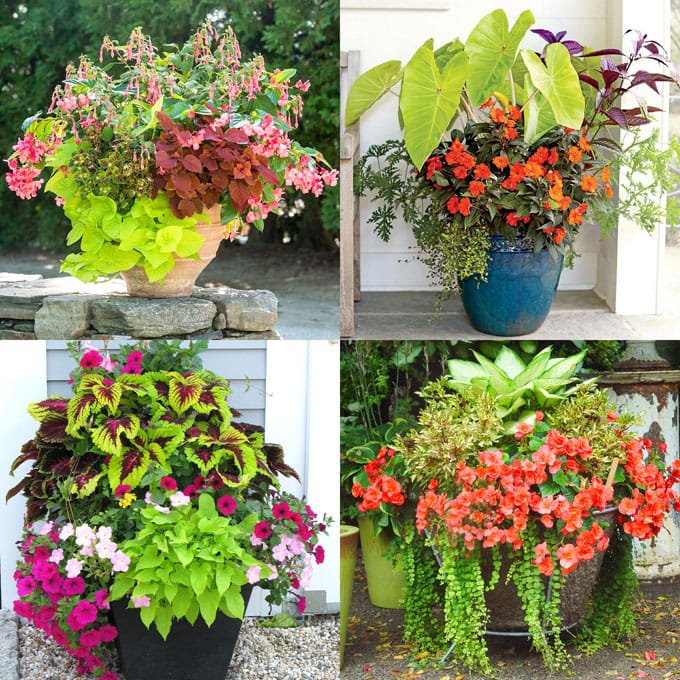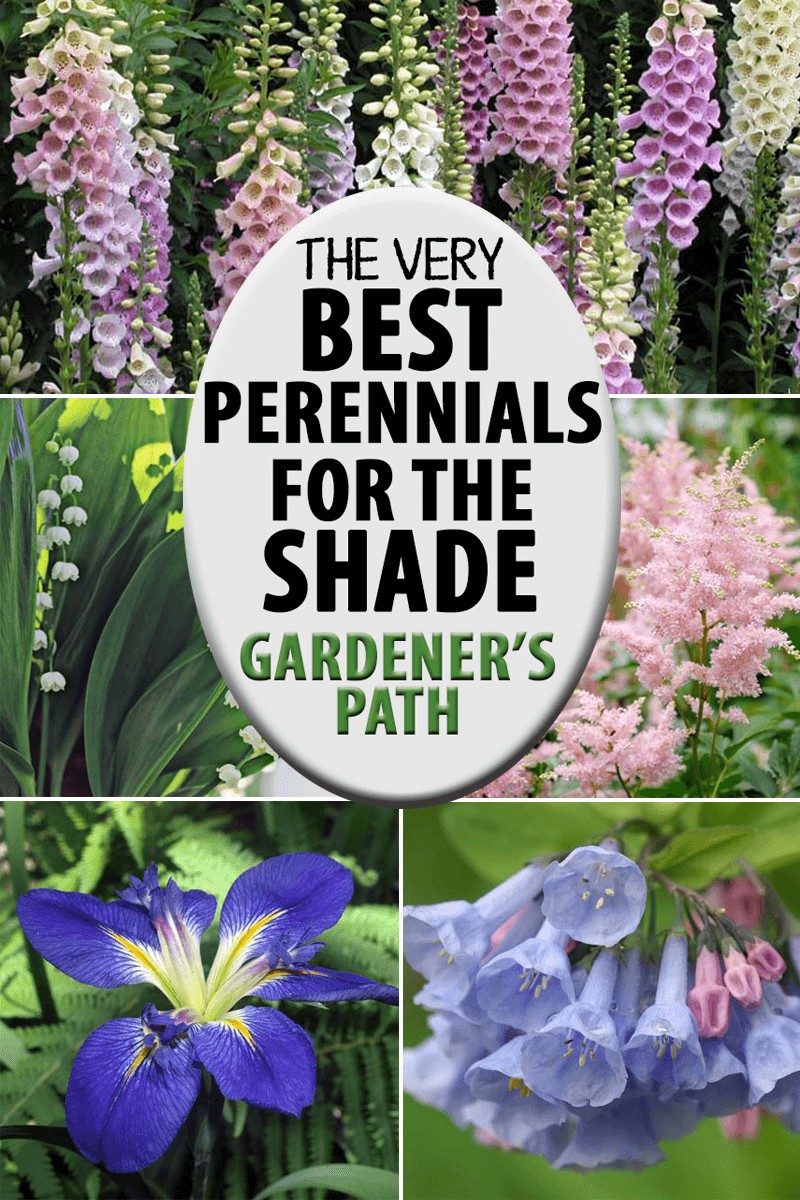Why Shade-Loving Plants are a Game-Changer for Your Garden
Shaded areas in gardens and yards can often be overlooked, but with the right plants, they can become a tranquil oasis. Plants that are good for shade are a game-changer for any outdoor space, offering a range of benefits that can elevate your garden’s beauty and functionality. One of the primary advantages of these plants is their low-maintenance requirements. Unlike sun-loving plants, plants that thrive in shade tend to be more forgiving of neglect, requiring less water, pruning, and fertilization. This makes them an ideal choice for busy homeowners or those new to gardening. Additionally, shade-loving plants provide year-round interest, with many varieties offering attractive foliage, flowers, or berries that can add visual appeal to your garden even in the dead of winter. By incorporating plants that are good for shade into your garden design, you can create a stunning outdoor space that remains beautiful and inviting throughout the seasons.
How to Choose the Perfect Shade-Tolerant Plants for Your Yard
Selecting the right shade-loving plants for your garden can be a daunting task, especially with the numerous options available. However, by considering a few key factors, you can find the perfect plants that are good for shade and thrive in your outdoor space. First, it’s essential to assess the soil type in your shaded area. Some plants, like ferns and hostas, prefer rich, moist soil, while others, like astilbe and bleeding heart, can tolerate dry soil. Moisture levels are also crucial, as some plants require consistent hydration, while others can survive with minimal watering. Additionally, consider the desired level of maintenance for your plants. If you’re looking for low-maintenance options, consider plants like impatiens and coleus, which require minimal pruning and care. By taking these factors into account, you can choose plants that are well-suited to your garden’s conditions and provide beauty and interest for years to come.
Top 5 Plants that Thrive in Partial Shade
Partial shade can be a challenging condition for plants, but there are many varieties that excel in these conditions. Here are five plants that are good for shade and thrive in partial shade, along with their unique features, growth habits, and care requirements. First, the Astilbe plant is a stunning addition to any shade garden, with its feathery plumes and vibrant colors. It grows up to 3-4 feet tall and requires moderate watering and fertilization. Next, the Bleeding Heart plant is a romantic favorite, with its delicate heart-shaped flowers and fern-like foliage. It grows up to 2-3 feet tall and prefers well-draining soil and partial shade. The Coleus plant is another popular choice, with its vibrant leaves and versatility in containers or in-ground gardens. It grows up to 2-3 feet tall and requires minimal care and maintenance. The Impatiens plant is a low-maintenance option, with its bright flowers and ability to thrive in partial shade. It grows up to 1-2 feet tall and requires consistent watering and fertilization. Finally, the Heuchera plant is a coral-bell favorite, with its maple-like leaves and ability to tolerate partial shade. It grows up to 1-2 feet tall and requires moderate watering and fertilization. These five plants are just a few examples of the many options available for partial shade gardens, and can add beauty and interest to any outdoor space.
Shade-Loving Plants for Specific Garden Conditions
When it comes to selecting plants that are good for shade, it’s essential to consider the specific conditions of your garden. Different shade conditions, such as deep shade, dappled shade, or morning shade, require plants that are adapted to thrive in those environments. For deep shade, plants like the Hellebores and Ajuga are ideal, as they can tolerate low light levels and require minimal maintenance. In dappled shade, plants like the Foxglove and Lungwort excel, with their tall spikes and delicate foliage adding texture and interest to the garden. For morning shade, plants like the Coral Bells and Creeping Thyme are perfect, as they can tolerate partial shade and require minimal care. Additionally, plants like the Astilbe and Bleeding Heart are suitable for shaded areas with moist soil, while plants like the Sedum and Sempervivum thrive in dry shade. By selecting plants that are specifically suited to your garden’s conditions, you can create a thriving and vibrant shade garden that provides year-round interest.
The Magic of Ferns: Adding Texture and Interest to Shaded Areas
Ferns are a popular choice for shaded areas, and for good reason. These plants that are good for shade add a touch of elegance and sophistication to any garden, with their delicate fronds and varied textures. From the Autumn Fern’s vibrant orange-red foliage to the Lady Fern’s lacy, green fronds, there’s a fern variety to suit every taste and style. Ferns are also incredibly low-maintenance, requiring only moderate watering and fertilization to thrive. In terms of design possibilities, ferns can be used to create a lush, tropical oasis in a shaded corner of the garden, or as a statement piece in a container or hanging basket. They can also be paired with other shade-loving plants, such as hostas and hydrangeas, to create a stunning shade garden that provides year-round interest. With their versatility, beauty, and ease of care, it’s no wonder ferns are a top pick for shaded areas.
Creating a Shade Garden Oasis with Hydrangeas and Hostas
When it comes to creating a stunning shade garden, hydrangeas and hostas are a match made in heaven. These plants that are good for shade are perfect for adding beauty and interest to shaded areas, with their lush foliage and vibrant blooms. Hydrangeas, with their bigleaf, panicle, or smooth varieties, provide a pop of color in the shade, while hostas, with their leafy greens and whites, add a touch of elegance. Both plants are low-maintenance and easy to care for, requiring only moderate watering and fertilization to thrive. In terms of companion planting, hydrangeas and hostas pair perfectly with other shade-loving plants, such as ferns and astilbe, to create a lush and vibrant shade garden. For a stunning display, plant hydrangeas in the background, with hostas and other shade-loving plants in the foreground. This will create a layered, dimensional look that adds depth and interest to the garden. With their beauty, ease of care, and versatility, hydrangeas and hostas are a top pick for creating a shade garden oasis that provides year-round interest.
Shade-Tolerant Plants for Containers and Hanging Baskets
When it comes to adding a touch of greenery to shaded areas, containers and hanging baskets are a great way to go. And, with the right shade-tolerant plants, these containers can thrive even in the most shaded of spots. Plants that are good for shade, such as impatiens, coleus, and begonias, are perfect for containers and hanging baskets, as they require minimal maintenance and can tolerate a range of light conditions. These plants are also incredibly versatile, and can be used to create a stunning display of color and texture in even the smallest of spaces. For a beautiful and low-maintenance container garden, choose plants that are good for shade, and pair them with a well-draining potting mix and a container that provides good air circulation. With proper care, these plants will thrive, providing a beautiful display of blooms and foliage all season long. Plus, with the ability to move containers and hanging baskets to different areas of the garden, it’s easy to create a dynamic and changing display of plants that are good for shade.
Designing a Shade Garden that Blooms All Season Long
Creating a shade garden that provides year-round interest requires careful planning and consideration of the plants that are good for shade. By incorporating a mix of flowering plants, foliage, and structural elements, it’s possible to create a stunning shade garden that blooms all season long. Start by selecting plants that are good for shade, such as astilbe, bleeding heart, and foxglove, which provide a pop of color in the spring and summer months. Add in some foliage plants, like coleus and sweet woodruff, which provide interest with their unique leaf shapes and colors. Finally, incorporate structural elements, like trellises and arbors, to add depth and dimension to the garden. To ensure year-round interest, consider plants that have attractive foliage or berries in the winter months, such as holly and wintergreen. By combining these elements, it’s possible to create a shade garden that is beautiful and interesting all year long. Additionally, consider incorporating a mix of plants that bloom at different times, such as spring-blooming bulbs and summer-blooming perennials, to ensure that there is always something in bloom. With careful planning and attention to detail, it’s possible to create a shade garden that is a true showstopper.


:max_bytes(150000):strip_icc()/astilbe-de2ee3f7-0078f2ed57ac4b0ab115e5df8ed70583.jpg)



:max_bytes(150000):strip_icc()/heuchera-plant-in-striking-colour--875340214-dc2131338d0e4a2f87ea8fb416cf240e.jpg)
